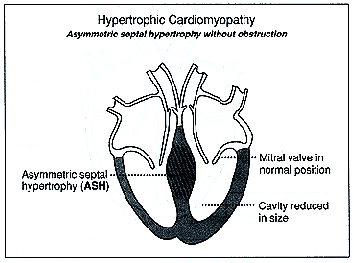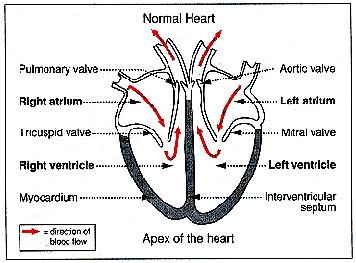

When we started playing with the idea of becoming breeders, we tried to find out as much as possible about breeding Maine Coons. Two health problems kept coming up, HD (hipdysplasia) and HCM.
We mention these issues here in an effort to make people, both breeders and fanciers, aware that there is a problem and it will not go away by ignoring it.HD has been a problem issue in dogs for many years and has only in the past couple of years become a recognized issue in Maine Coons. HD is hereditary and affects the hip joints. It is a misformed ball joint that connects the hip to the leg. A normal joint will be round and smooth to allow free motion without trouble. A cat with HD will have a joint that isnít perfectly rounded. This causes more friction and in more severe cases will cause pain to the animal.
As breeders, our course of action is simple, TEST our cats before they are bred to help narrow down the possibility of the offspring having HD. We believe that as a breeder, you have the responsibility to make sure that your do everything in your power to keep hereditary diseases out. Our breeder cat contract has a clause in it requiring that the kitten have to be tested prior to breeding as well. That way, we try to make everybody aware of the need to try and face these diseases head on.
Visit the OFA website for more information on HD.
The other condition is HCM (hypertrophic cardio myopathy). This one is a real killer and should be getting a lot of attention too. We had our breeder cats checked at the university of Gent in Belgium. They were all OK at the time of the test. Another test is scheduled this summer.
HCM is a disease of the heart muscle characterized by thickening of the left ventricular walls. The disease may result in heart failure, thromboembolism, and sudden death. In humans it has been identified as an inherited condition. Clinically, the characteristics of feline HCM are very similar to that in humans with genetic HCM, supporting the hypotheses that feline HCM is inherited and may be caused by mutations in contractile protein genes.


The major abnormality of the heart in HCM is an excessive thickening of the muscle. The distribution of muscle thickening or hypertrophy is variable. The left ventricle is almost always affected and in some patients the muscle of the right ventricle also thickened.
The commonest form of HCM is where the muscle thickening occurs mainly in the upper part of the septum. Note that the mitral valve maintains a normal position.
In this case the hypertrophy is usually greatest in the upper septum, in the area where blood flows out of the heart into the aorta or "outflow tract". The muscle thickening in this region may be sufficient to narrow the outflow tract,. In such cases during the ejection of the blood flow from the heart, the mitral valve touches the septum (there should normally be a considerable gap between these structures). This narrowing of the outflow tract interferes with the normal ejection of blood. It causes turbulent blood flow and sometimes obstruction to flow. The turbulent flow produces a murmur which is audible with a stethoscope. In such patients, the abnormal position of the mitral valve may cause it to leak. This is called "mitral regurgitation" and may also cause a murmur.
In approximately 25% of patients the muscle thickening is evenly distributed throughout the ventricle. This is known as "symmetric" or "concentric" ventricular hypertrophy.
In a small proportion of patients (approximately 10%), myocardial thickening is predominantly at the tip or "apex" of the heart. Patients with Concentric and Apical HCM usually do not have a murmur.
The thickened muscle usually contracts well and ejects most of the blood from the heart. However the muscle in HCM is often stiff and relaxed poorly, requiring higher pressures than normal to expand with the inflow of blood. The amount of blood which the heart can hold is therefore reduced and this in turn will limit the amount of blood which can be ejected with the next contraction.
Occasionally patients present with minimal to no hypertrophy, but sever restrictions to the normal inflow of blood into the ventricles. The differentiation from Restrictive Cardiomyopathy may be different and accurate diagnosis relies on the presence of other features of the two conditions.